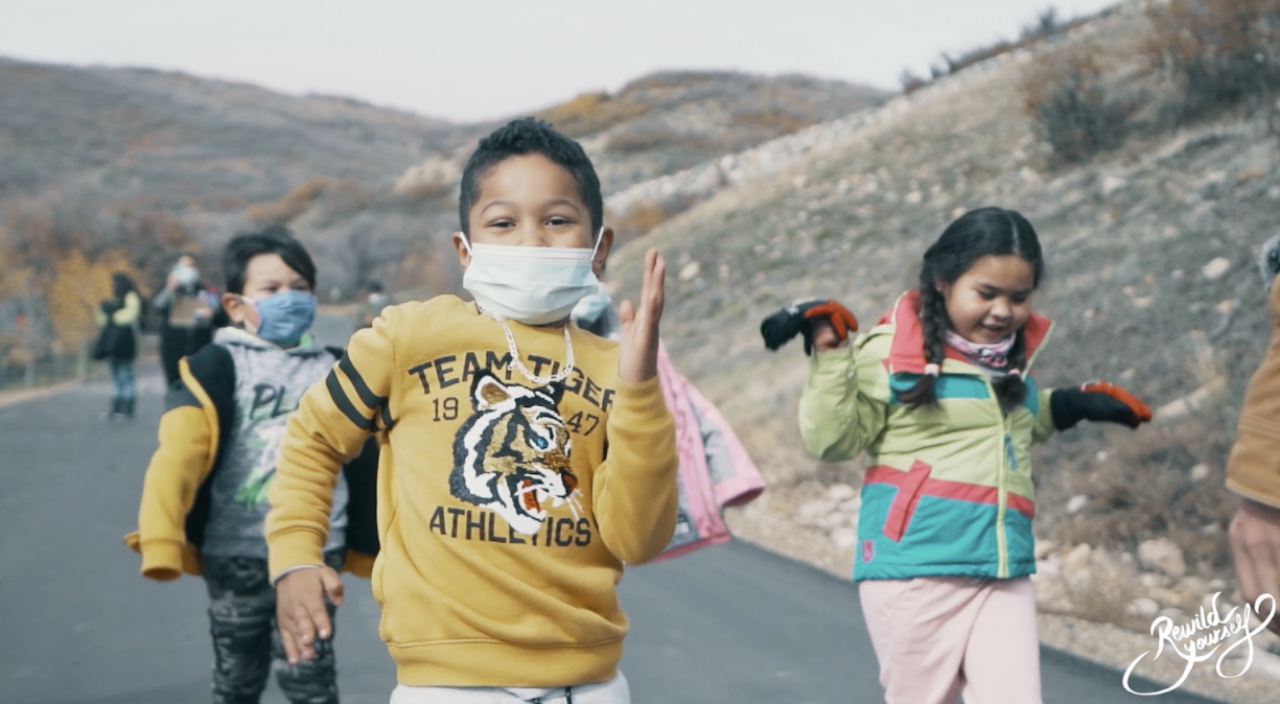ReWilders
Brown Girl Surf
31 Jan 2022

It is undeniable – our children are spending evermore time indoors. In fact, a sobering survey by the Child Mind Institute revealed the average American child spends about 4 to 7 minutes a day playing outside and over 7 hours a day in front of a screen.
What’s more, these figures will have become even more significant since the start of the pandemic, when classes moved online and time spent outdoors was restricted. How were parents to will against the use of technology when it became the only means for their children to receive their education?
Pandemic aside, the relationship between our children and Nature has long been fractured. As noted by the Washington Post, researchers have observed a shift over the last few decades in how children spend their free time. “The days of the free-range childhood, where kids spend hours outside playing in local parks, building forts, fording streams and climbing trees, have been mostly replaced by video games, television watching and organized activities such as sports and clubs”, they wrote. “We have traded green time for screen time — and it has had an impact on kids’ well-being and development”.
This shift has led to what has become known as “Nature deficit disorder”, a term coined by Richard Louv in his 2005 seminal book Last Child in the Woods. It describes the myriad of problems that occur when children are disconnected from the natural world. Although it is not a recognised medical condition, the term has sparked an ongoing discussion regarding the importance of connecting children with the outdoors.
According to Louv, a childhood spent indoors is at the source of some of the most disturbing childhood trends, such as the rise in obesity, attention disorders, and depression. By contrast, research has linked outdoor play to innumerable benefits, such as improved mood, better school performance, increased fitness and greater creativity.
Despite the looming trends, there is reason to maintain hope. Speaking to the New York Times about the problems the lack of green space can cause in children and adults, Louv maintains that the events of the past two years have helped move us forward towards a healthier relationship with Nature. “Ironically, the 2020 coronavirus pandemic, as tragic as it is, has dramatically increased public awareness of the deep human need for nature connection, and is adding a greater sense of urgency to the movement to connect children, families and communities to nature,” he said.
The good news is that there are many ways we can start to rewild our children’s lives and contrary to popular opinion, we don’t need to live in the countryside or have our own expansive backyards to reap Nature’s benefits. The National Wildlife Federation recommends committing to one green hour every day, which can be achieved by visiting your local park. Whether it’s through climbing a tree or investigating the local wildlife, this one hour will make a real difference in our children’s lives.
For inspiration on ideas for playing outside or to find groups which are helping to reconnect children with Nature, check out the youth organisations filter on our World Map.

0%